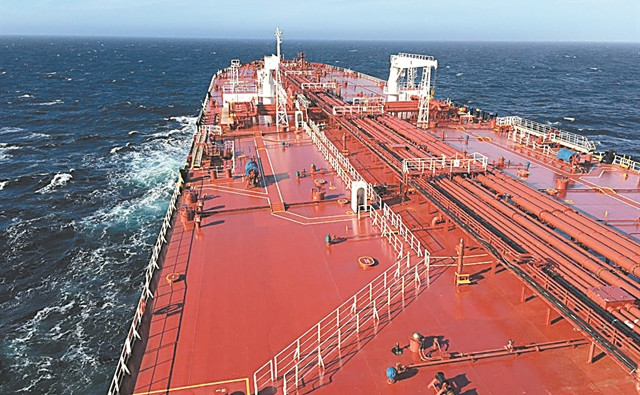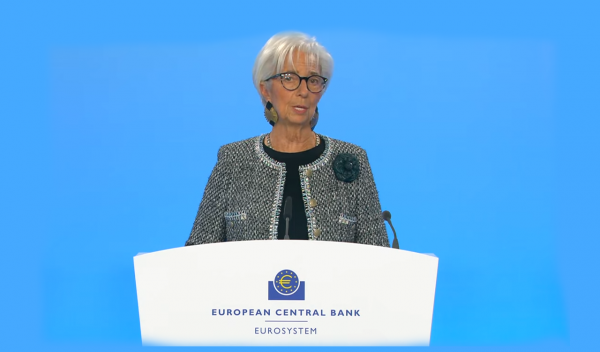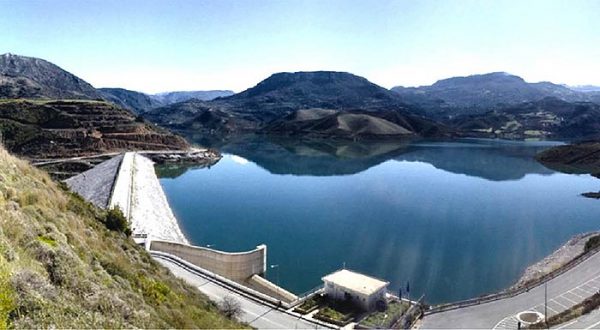
Total investments of 13.5 billion dollars in purchases and construction of ships are estimated to have been made by Greek shipowners in 2022, maintaining first place worldwide in these transactions.
In more detail, according to the data of British shipping firm Clarksons, Greek shipowners placed orders with a total value of 7.9 billion dollars, corresponding to 100 ships with a total transport capacity of 6.7 million dwt. In terms of number of ships, most orders were placed in containerships (38 ships), followed by bulkers (22 ships), tankers (18 ships) and LNG Carriers (14 ships).
How many ships and what kind does the Greek-owned fleet have?
However, the total number of Greek-owned ships under construction is 230, with a carrying capacity of 18.4 million dwt and a value of $20 billion. In terms of dwt, they represent 8% of all global orders. Of these, 45 are bulkers, 68 containerships, 56 tankers, 36 LNG Carriers, 21 LPG Carriers and four of various other types.
In terms of ship sales, according to the shipping brokerage house Allied Shipbroking, in 2022 Greek shipowners invested $5.6 billion in purchases of 254 “second-hand” ships. It is noted that in 2021 they had bought 375 ships investing 7.5 billion dollars.
The comparison of the data of 2021 and 2022 shows a decrease in the activity of Greek shipping companies in ship purchases, while they remained equally active in sales. This means that the Greek shipowners made the most of the increase in ship values mainly in tankers and by going out as sellers and secured high profits.
What they invested in
Greek shipowners in 2022, in the markets, focused more on tankers acquiring 115 for $2.7 billion in contrast to 2021 which focused on dry bulk carriers investing $4.1 billion to buy 230 bulkers.
It is worth noting that according to data released by shipping brokerage Xclusiv, the tanker fleet is expected to shrink in the coming years, mainly due to the fact that the order book is at its lowest level since 1996, but also because older ships make up a large part of the total tanker fleet (vessels over 20 years old are 635, 8.5% of the active fleet).
Therefore, in an even limited increase in oil demand, a very strong tanker freight market is expected given the reduction in the active fleet. And in dry bulk carriers fleet growth is controlled, as vessels on order make up 6.8% of the active fleet.
Latest News

DM Dendias: We talk With Turkey But We Always Bring Up Their Unacceptable Positions
Second and last day of closely watched conference, entitled 'Metapolitefsi 1974-2024: 50 Years of Greek Foreign Policy', also included appearances by PM Mitsotakis, Ex-PM Tsipras and PASOK leader Nikos Androulakis, among others

Rhodes Airport Tops Fraport Greece’s Regional Airports in 2024 Performance
According to Fraport's data, more than 35 million passengers (specifically 35.2 million) were handled by Fraport-managed airports during the 11 months.

European Central Bank Cuts Interest Rates by 25 Basis Points
It is the fourth cut of interest rates by Europe’s central bank, a move expected by the markets and financial analysts leading to the rate settling at 3%.

Airbnb: New Measures Add €600 in Extra Costs for Property Owners
Property managers face an immediate administrative fine of 5,000 euros if access to the inspected property is denied or any of the specified requirements are not met.

Economist: Greece Included in the Best Performing Economies in 2024
Meanwhile, Northern European countries disappoint, with sluggish performances from the United Kingdom and Germany.

EasyJet Expands Its Routes from Athens
The airline’s two new routes will be to London Luton and Alicante and they will commence in summer 2025.

Capital Link Forum Highlights Greece’s Economic Resurgence; Honors BoG Gov Stournaras
Capital Link Hellenic Leadership Award recipient, Bank of Greece Gov. Yannis Stournaras, an ex-FinMin, was lauded for his pivotal role during Greece’s economic recovery

Tourist Spending in Greece Up by 14%, Visa Card Analysis Shows
Greece’s capital Athens emerged as the most popular destination, recording a 17% increase in transactions with Visa cards, surpassing even the cosmopolitan island of Mykonos.

Inflation in Greece Unchanged at 2.4% in Nov. 2024
The general consumer price index (CPI) posted a 0.4% decrease in November compared to the previous month

2024 Christmas Holidays: Extended Shop Hours Schedule
The 2024 Christmas Holidays extended shop hours schedule commences on Thursday, December 12 and runs until the end of the year.


![Φυσικό αέριο: Δυναμικό come back του LNG στην Ελλάδα [γραφήματα]](https://www.ot.gr/wp-content/uploads/2023/01/OT_naturalgas-90x90.jpeg)












![Fraport: Πάνω από 35 εκατ. επιβάτες στα αεροδρόμια το 11μηνο – Πτώση στη Μύκονο [πίνακας]](https://www.ot.gr/wp-content/uploads/2022/06/fraport-90x90.jpg)


























 Αριθμός Πιστοποίησης Μ.Η.Τ.232433
Αριθμός Πιστοποίησης Μ.Η.Τ.232433